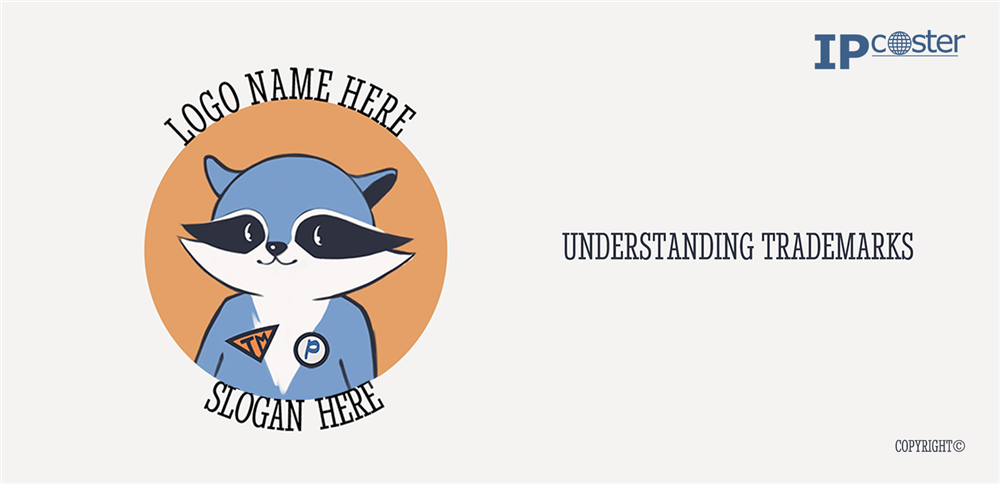IP-Academy

Understanding Trademarks
Trademarks are at the epicentre of both intellectual property and our daily lives, with brand names emblazoned into every moment of our day-to-day activities. From our morning cereal to TV adverts, right down to the toothpaste we use and the bottled water we drink, trademarks are everywhere, so let’s take a look at the particulars of this type of IP, and provide an overview of what can and cannot be registered.
Trademarks are used to identify and distinguish a company's products and/or services from those of its competitors. The most common types of trademarks are word, figurative, and combination marks, but may also comprise sounds, smells, 3D models, colours, or logos, depending on the allowances of the jurisdiction.
Trademarks themselves are registered for specific goods and/or services which, for many countries, are classified in the Nice Classification of Goods and Services. This is an international classification established by the Nice Agreement of 1957 and revised each year, presently utilized by approximately 150 IP offices including the regional offices of EUIPO, OAPI, ARIPO, and BOIP. At present, there are 34 possible classes of goods, and 11 classes of services for which a trademark can be registered.
In general, trademarks must be distinctive in order to be registered. In some countries such as the UK, however, it may be possible to register a non-distinct mark, provided that prior to the date of registration, it acquired a distinctive character as a result of its use. Distinctiveness in the US has experienced some overhaul when it comes to non traditional trademarks, whereby court rulings have found that marks in relation to sound and product packaging are capable of being inherently distinctive, whilst product design, scent, colour and taste are not. Those not inherently distinctive must therefore provide evidence of a secondary meaning, or acquired distinctiveness, in order to be registrable and protected under US courts.
Trademarks that cannot be registered usually include those which are misleading (if it uses the word 'organic' for a product that is not) or descriptive if a mark describes the goods or services to which it will relate. Furthermore, marks that contain internet domain names, aspects that are deemed offensive such as swear words or inappropriate images, as well as those similar to state symbols and other official signs, emblems subject to protection under an international agreement, abbreviations and names of international intergovernmental organizations, are not registrable in most jurisdictions.
Trademarks can vary in terms of their strength of protection, for example, a strong mark in accordance with US trademark law would be a 'fanciful or coined' mark. These marks are inherently distinctive as they constitute invented or sometimes archaic words that bear little, or no, resemblance to the goods or services provided, such as 'Pepsi'. Another type of strong trademark is the arbitrary mark, consisting of words or symbols that have common meaning in the jurisdiction of registration, but are unrelated to the good or service, such as ‘Apple’ for computers. Weaker marks include suggestive marks such as 'Netflix', which make some reference to the subject matter of the mark.
Please note that the aforementioned examples of trademark requirements and strength of protection are largely based on UK and US law, and will differ in each jurisdiction. For more information on trademark registration, please contact us.